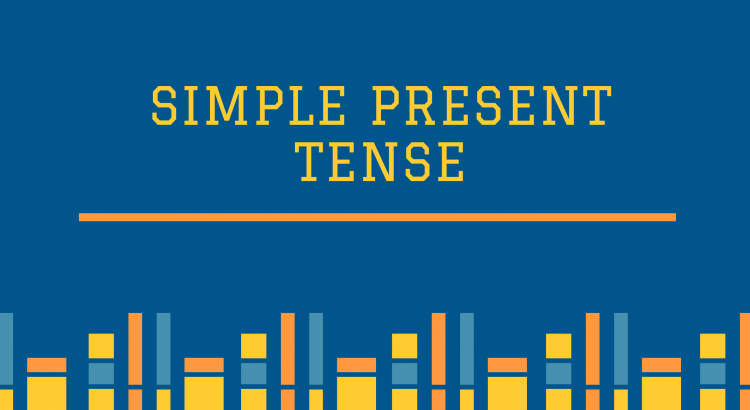Simple present tense conveys action in the present. It is applied to show a habitual action or general truth.
When using Simple Present Tense,
If Subject is
First person singular and plural,
Second person singular and plural
third person plural
(I, We, You and They)
Verb goes as it is in the sentence.
Pattern: Subject + Verb + ObjectExample:
I cook every day.
They hire her.
I play cricket.
I don’t fill out the application.
If the Subject is
Third person singular (He, She and It)
We append “s” or “es” to the verb in the sentence.
Which has the following rules
1. If verb ends with “ss” or “ch” or “x” or “o”
Append “es” in the end
2. If verb ends with “y” and just before “y” is VOWEL
Change last “y” to “i” and append “s” in the end
3. If verb ends with “y” and just before “y” is CONSONANT
Change last “y” to “i” and append “es” in the end
4. Otherwise
Append “s” in the end
Pattern: Subject + Verb(in singular form with “s” or “es”) + ObjectExample:
The sun rises in the east.
She plays with her brother.
She carries her child to her bed.
Does she help Tom?
Her brother is very rich.
Remember:
In the Simple present tense, Don’t put am/is/are before the verb.
(I drink milk – True)
(I am drink milk – False)
Read our next article on Present Continuous Tense
Read about 12 Basic Verb Tenses with Examples

